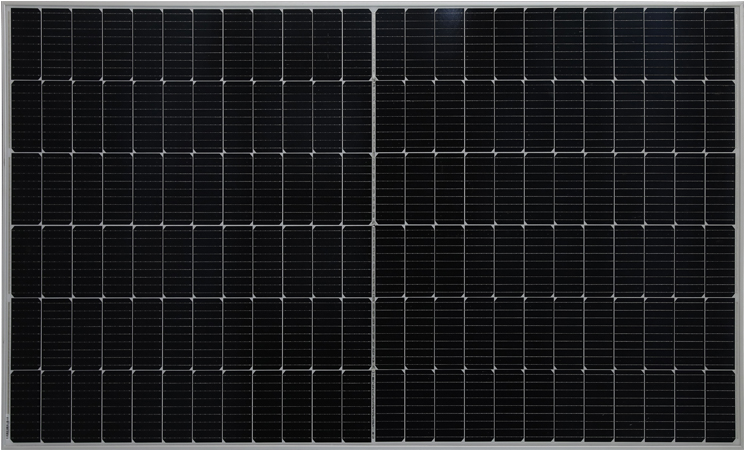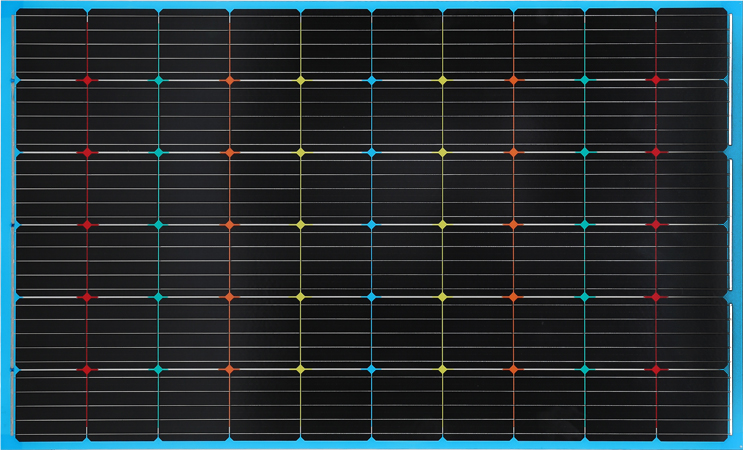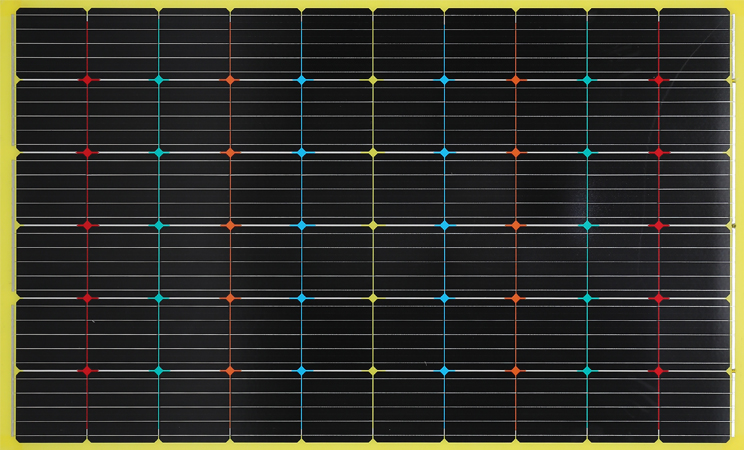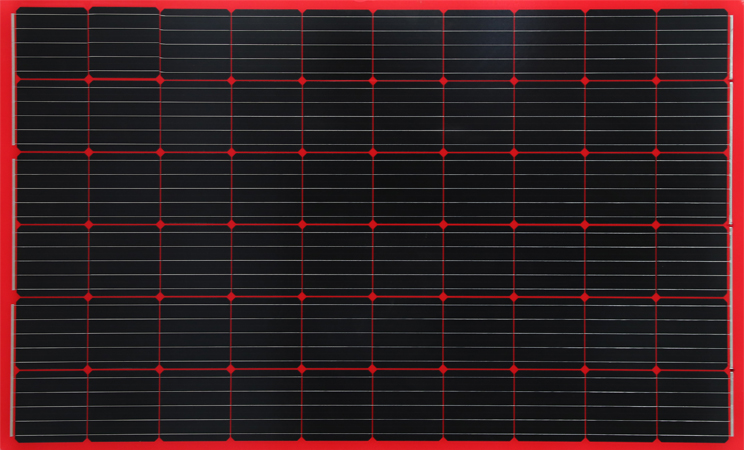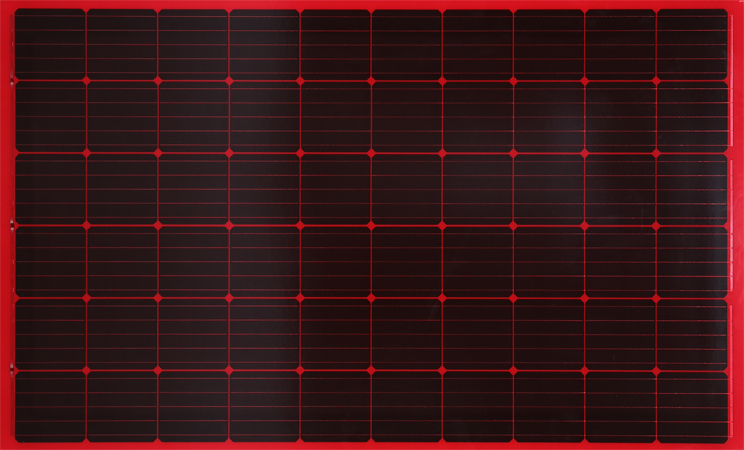When you are considering installing solar panels on your roof, it is important to choose the right type of panel for your home. There are several factors to consider, including energy efficiency and power capacity. In this article, we will discuss the benefits of mono solar panels and how they compare to poly solar panels.
The “mono” in monocrystalline refers to the single-crystal silicon used in their production. This method gives these panels higher efficiency, which in turn translates into better energy output for your home. Additionally, since the silicon is cut into thin discs (called silicon wafers), then shaved into the unique shape of these solar cells, they take up less space than other types of PV panels.
In order to create a monocrystalline solar cell, the manufacturer starts by dipping a small rod of pure single crystal silicon into a pool of molten silicon. The seed crystal will slowly rise up over the course of four days as the liquid silicon solidifies into a large, cylindrical ingot of single-crystal silicon also known as a silicon ingot. The octagonal shape allows manufacturer to fit more of these ingots into a single solar panel, making the panels more efficient and more affordable than other types of PV panels.
Mono solar panels produce more energy and have a higher power capacity than poly solar panels, making them an excellent choice for homeowners looking to save money on their electricity bills and shorten their payback period. The higher efficiency of mono panels means you need fewer of them to power your house, which makes them an excellent choice for homes with limited roof space.
Unlike their monocrystalline counterparts, polycrystalline solar panels are produced using a blend of smaller bits of silicon, meaning they have a more speckled appearance and lower efficiency. However, this does not mean that they are any less effective than monocrystalline solar panels. In fact, it is the opposite. The blending process results in lower degradation rates, which in turn allows for longer lifespans and more consistent performance.
Polycrystalline solar panels also have a lower temperature coefficient, which means they can produce more electricity even when the weather is hotter. This is one of the main reasons that they are a popular choice for homeowners looking to offset their high electricity costs during the summer months.
Polycrystalline solar panels are also an ideal option for homeowners with rooftops that receive partial shade throughout the day. They can also be installed in conjunction with other PV systems such as grid-tied and off-grid systems, making them an ideal solution for a wide range of applications. Regardless of the type of solar system you choose, it is important to have an experienced and reliable team by your side.


